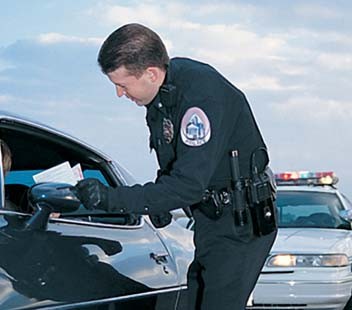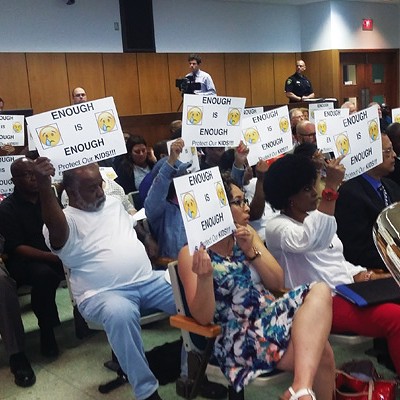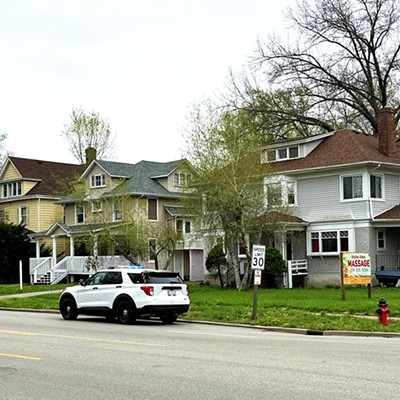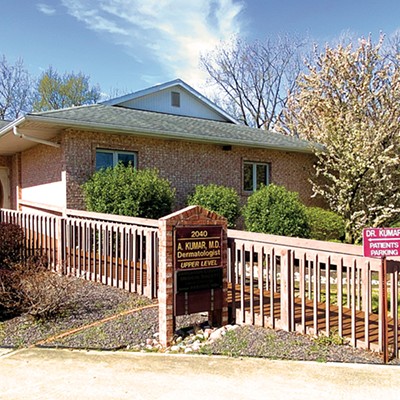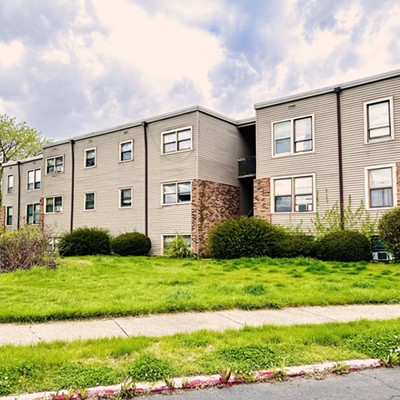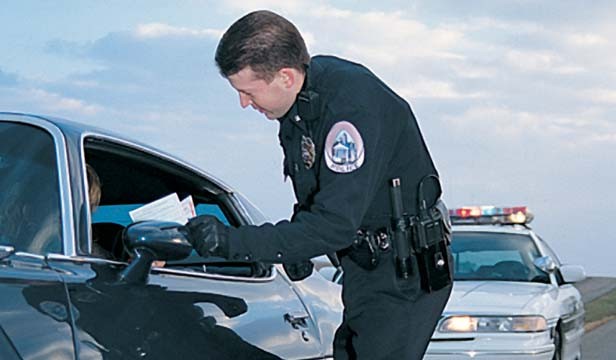
Minority drivers in Springfield had more than double the chances of being pulled over by police during 2009 compared with white drivers, according to data on traffic stops released July 1 by the Illinois Department of Transportation.
The data come from the Illinois Traffic Stop Statistics Study, which directs police agencies to collect information about the race of stopped drivers, as well as information on searches, reasons for each stop and more. An analysis by the University of Illinois at Chicago shows minority drivers in Springfield are almost two-and-a-half times as likely to be pulled over as white drivers, while making up an estimated 15.8 percent of the driving population. Springfield police stopped 8,966 minority drivers in 2009, comprising 38 percent of the total 23,011 traffic stops.
The study determines the ratio of minority driver stops by dividing the percentage of minorities stopped by the percentage of minority drivers in a community. A ratio of one means minority and white drivers have the same chances of being pulled over. Springfield’s 2009 ratio was 2.47, meaning minorities in Springfield were 247 percent more likely to be pulled over while driving than white drivers. That ratio is down from 2.66 in 2004, when the report was first released, but up from a low of 2.15 in 2005.
Minorities are also searched more often by police in Springfield, according to the data. In 532 stops of minority drivers (5.9 percent) in 2009, police requested permission to search the drivers’ vehicles, compared with 346 requests for white drivers (2.5 percent). Searches of minority-driven vehicles were performed 488 times (5.4 percent of all stops), while only 325 searches (2.3 percent of all stops) were performed on vehicles driven by white drivers.
Contraband such as weapons, drugs or stolen property was found in 45 searches of minority-driven vehicles, a 9.2 percent “hit rate” – compared with 41 instances of contraband found in vehicles driven by white drivers, a 12.6 percent hit rate.
Springfield Police Chief Robert Williams declined to comment on the numbers until an independent expert at Western Illinois University had evaluated the data, though he said it may be misleading to look at the numbers without the context of individual stops. He illustrates his point with the example of drunk drivers and accidents.
“If 34 percent of accidents were caused by drunk drivers, then that means 66 percent were caused by sober drivers,” Williams hypothesizes. “By comparison, it looks safer to drink and drive.”
Williams, who is African-American, says the department educates its officers about racial profiling and follows safeguards put in place by the state.
“We’re always mindful of it,” he says.
Statewide, minority drivers fared better in 2009 than in previous years, but were still 12 percent more likely to be pulled over than white drivers. That disparity has decreased steadily from 15 percent in 2004.
The law requiring the study was introduced in July 2003 by then Illinois Sen. Barack Obama and signed into law by former governor Rod Blagojevich.
Municipalities surrounding Springfield displayed varied results from the traffic stop data. In Jerome, at the southwest edge of Springfield, minority driver stops made up about one quarter of the total 2,891 stops, though minority drivers make up an estimated 10.5 percent of the population there. Jerome’s minority stop ratio was 2.44 in 2009. The Sangamon County Sheriff’s police force had a ratio of 1.78, meaning minority drivers had a 78 percent higher chance of being pulled over than white drivers. The county-wide estimated minority driving population is about 10.5 percent.
To view the 2009 traffic stop data, visit tinyurl.com/23m87jv.
Contact Patrick Yeagle at [email protected].

